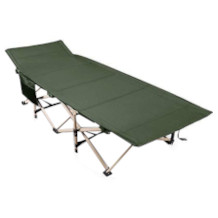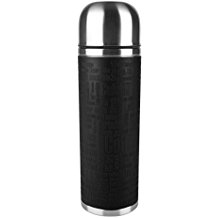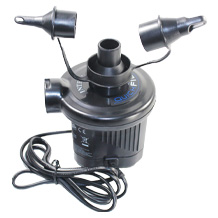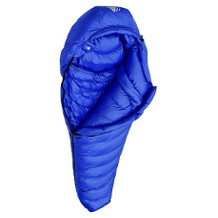Cool box purchasing advice: how to choose the right product
- What You Need to Know
- There are coolers that only keep food and drinks cool, as well as those that actively cool them.
- The interior of passive coolers warms up more slowly with cooling batteries.
- Active coolers can be operated with mains power as well as with 12- or 24-volt power from the car battery.
- Compressor coolers can even deep-freeze food.
- Wheels and telescopic handles enable users to manoeuvre even heavy coolers to the place of use.
The right cooler for everyone
They are often used on the beach, at picnics or barbecues, but also on trips and camping excursions: coolers that provide everyone present with cold drinks and food. They are available with different cooling technologies and in different sizes, colours and shapes. With a small, well-insulated box and several cold packs, you may be optimally equipped to bring the potato salad and Coke to the meeting with friends, but on a longer road trip you need something that actively cools the food.
In the meantime, in addition to simple coolers, there are also variants that actively cool drinks and food and thus keep them fresh for a longer period of time. Depending on the area of use, be it shorter meetings or longer trips and journeys, a certain type of cooler is better suited than others.
Passive coolers
Passive coolers are the simplest way to keep food and drinks cool for a few hours. They are great for short uses such as a picnic or a day at the beach. Because the interior is well insulated, the contents only heat up slowly. The heating can be slowed down further with the help of cooling packs, pillows or ice cubes. However, passive coolers cannot cool food themselves. It is therefore important to place only pre-cooled food inside and to store the box in the shade.

The simple construction and the lack of electronics make the cooler very robust and resistant to water, sand and uncomfortable weather conditions. In addition, the components are lightweight, so passive coolers are usually easy to transport. Typical empty weights are between 0.5 and 3.0 kilograms.
Pro points
- Can be kept cool for several hours
- Low weight
- Inexpensive
Drawbacks
- No independent cooling
Active coolers
For longer trips, such as camping, hiking or road trips, coolers that actively cool food and drinks are the better choice. All active coolers rely on electricity, but each uses different cooling principles. There are thermoelectric, absorber and compressor coolers to choose from.
Thermoelectric coolers
Thermoelectric coolers are ideal for shorter trips: Many can also be operated in the car thanks to a 12-volt connection. A 230-volt connection for use via the mains socket is also part of the stand equipment of thermoelectric coolers. Some models can be used even more flexibly thanks to the USB connection, for example by using power banks. Cooling is done with the help of a Peltier element that transfers heat from one side to the other. A fan inside the cooler accelerates the process. If the heat transfer runs in the opposite direction, food can even be kept warm inside.
The disadvantage of this cooling method is its dependence on the ambient temperature: most thermoelectric coolers can only generate a temperature of less than 20 degrees Celsius below the ambient temperature. At outside temperatures of around 25 degrees Celsius, the cooling capacity is quite acceptable: 5 degrees Celsius corresponds roughly to the fridge temperature. In summer, cooling becomes problematic at more than 30 degrees Celsius. If the outside temperature is over 40 degrees Celsius, your drinks are more likely to be at room temperature. Even with thermoelectric coolers, it makes sense to cool the drinks beforehand. Otherwise it takes a long time for them to reach refrigerator temperature inside.
Pro points
- Up to 20 degrees Celsius below the ambient temperature can be achieved inside the cooler.
- Cooling and keeping warm possible
Drawbacks
- Dependent on the ambient temperature
Absorber coolers
The special feature of absorption coolers is that they can be operated with both electricity and gas. They have a 12-volt and a 230-volt connection as well as a connection for gas. For gas operation, conventional propane or butane gas bottles are usually used, which can be bought at petrol stations, among other places. A gas hose with pressure reducer is required for connection, which is designed for 30 or 50 millibars, depending on the cooler. Some units also work with gas cartridges, which can be screwed on without a cable. The gas function allows users to use the cooler even far away from power sockets. This makes them ideal for camping or caravan holidays.
To lower the temperature inside, absorber coolers use a refrigerant whose heat is extracted within a closed cooling circuit. Just like thermoelectric models, these coolers are dependent on the ambient temperature. Thanks to their special mode of operation, some models even manage to cool the interior to more than 30 degrees Celsius below the ambient temperature. At the same time, they operate completely silently. Since absorber coolers often weigh more than 15 kilograms without contents, they are difficult to carry. Even small versions rarely have a leeward weight of less than 10 kilograms. Long distances, for example in the city or off-road, are best covered on foot with two people carrying. Absorber coolers are more suitable for stationary use directly by the car or caravan and at the campsite.
Pro points
- Up to 30 degrees Celsius below the ambient temperature can be reached in the interior
- Both gas and electric drive possible
- Noiseless
Drawbacks
- Dependent on ambient temperature
- High weight
Compressor coolers
Compressor coolers are capable of cooling the interior to up to 20 degrees Celsius below freezing. They are the only type of cooler that can deep-freeze ice-cold drinks and food even in tropical temperatures. To do this, they work like refrigerators with a closed refrigeration circuit powered by an electrically driven pump.
Compressor coolers are great for longer holidays and road trips as well as regular camping trips. However, their weight is about the same as that of absorption models. The Dometic CoolFreeze CFX 40, for example, weighs 18.8 kilograms with a capacity of 38 litres. This type of cooler is therefore also recommended for stationary use.
Compressor coolers are the most expensive type of cooler, which means that the materials used and their workmanship are usually better than with other types. Some functions and features are also reserved for high-quality compressor coolers, such as LED lights in the interior.
Pro points
- Effective even in tropical temperatures
- Interior temperatures of up to 20 degrees below zero
- Additional features
Drawbacks
- High weight
- Expensive
Power consumption of active coolers
Active coolers, with the exception of gas-powered absorber units, require electricity to cool food. The consumption value depends, among other things, on the capacity, insulation and handling of the cooler. The larger the interior, the more electricity is needed for cooling. If the insulation is of high quality, it is harder for the cold to escape, so less electricity is needed to maintain a constant low temperature. Users can keep electricity consumption low themselves by, for example, only opening the lid briefly to store or remove food.
There are also energy efficiency classes for coolers. The energy label, which will come into force in 2021, sorts coolers into the categories A to G, while A+ to A+++ will be dropped. Only in subsequent years will energy-efficient products of class A arrive. For products that appeared before 2021, energy efficiency classes D and E are perfectly fine. Particularly energy-efficient coolers consume less than 40 kilowatt hours per year. Models with an annual consumption of more than 80 kilowatt hours can be assigned to energy efficiency class F.
Special features of active coolers
In contrast to passive models, active coolers are equipped with a number of additional features. Models that can be supplied with power from the car battery often have deep discharge protection, also known as a battery monitor. This prevents the device from drawing more current from the car battery than the battery can deliver. If the car battery is flat, the engine will no longer start.
Another common function is an infinitely variable temperature control. It guarantees optimal temperatures for food and drinks. Especially when there is a large possible temperature range, the adjustment option is an advantage. A simple variant for manual operation is a rotary switch, either on one side or above the cooler. More sophisticated are practical displays with several control buttons, one of which can be dedicated to the memory function. This allows previous settings to be saved. Some high-quality models allow control via an in-house app.
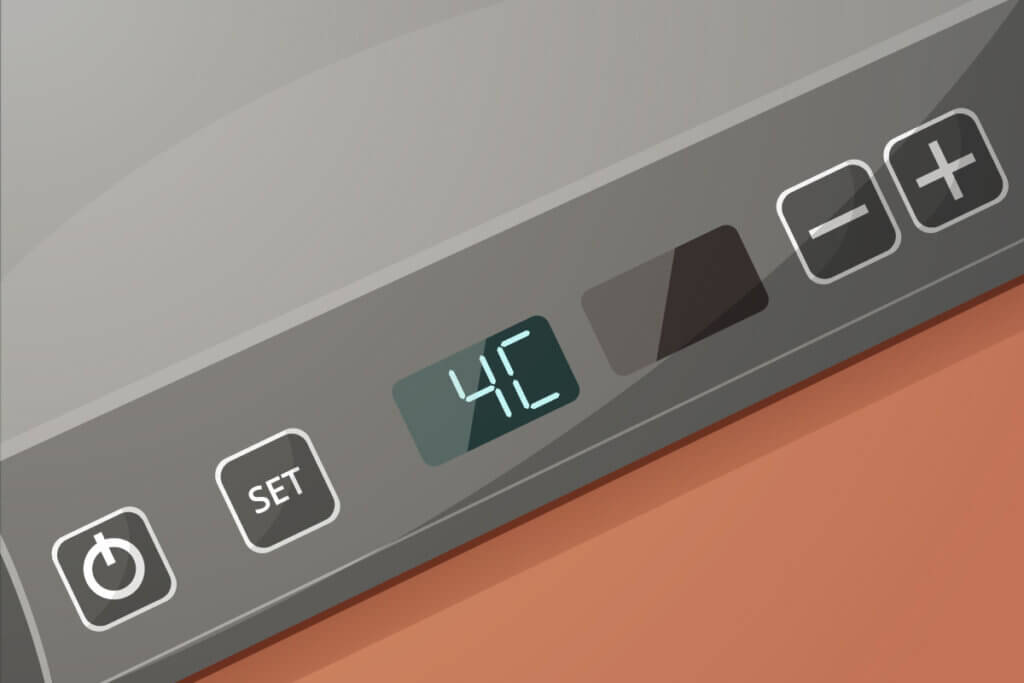
Other purchase criteria
In addition to special features that only apply to certain coolers, there are also some general criteria that are decisive for choosing the right cooler.
Size and capacity
The exact dimensions of the cooler are not as important as the capacity in litres, but it is still advisable to consider them. The capacity cannot always be optimally utilised if the dimensions are chosen inappropriately: The passive cooler Dometic Patrol 20, for example, has a capacity of around 20 litres, but in the interior of 35.0 x 23.5 x 26.0 centimetres, many 0.5-litre water or beer bottles cannot exactly be placed. In such cases, it is necessary to put the bottles inside, which means that altogether less fits in the box. It is even more problematic if the 1.5-litre bottles do not even fit into the cooler lying down, but have to assume a kind of semi-recumbent sloping position.
The most common capacity is 20 to 40 litres, but there are small coolers with a capacity of less than 10 litres as well as oversized versions with a volume of up to 90 litres. Small models do not even offer enough storage space to store food and drinks for one person. Oversized versions, on the other hand, are heavy and unwieldy. Capacities between 25 and 50 litres are enough to store food for several people. A usable capacity of more than 50 litres is enough to feed a family on a camping weekend.
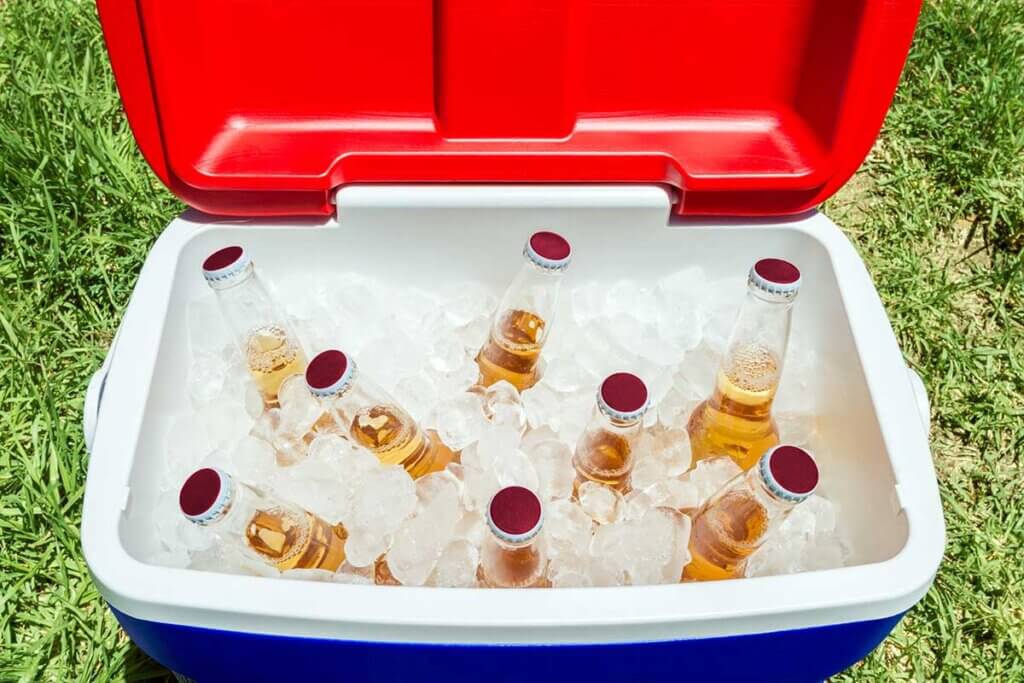
Material and weight
Coolers are often made of plastic, as it is both robust and light. Aluminium versions are even more resistant, but they weigh more. Rigid foam panels made of polyurethane (PU) are usually used to insulate the interior effectively. They are characterised by excellent insulating properties. In addition, the material is dimensionally stable as well as light and takes up little space. This means there is more volume in the cooler for food and the respective cooling technology. With the help of double-walled PU cladding, the insulation is particularly efficient.
Furthermore, the lid should be well sealed so that the cold cannot escape. Good insulation not only cools food effectively, it also has an impact on electricity consumption: Less electricity is needed to maintain the required temperature.
Ideally, the empty weight of coolers should not be too high, as a few kilograms are added when they are full. Provided you mainly transport them in the car and only carry them yourself a few metres in total, heavy models are perfectly acceptable. However, if you transport the cooler by hand over longer distances, you need a cooler that is as light as possible.
The composition of plastic housing and PU insulation keeps the basic weight low. With active coolers, however, there is also the integrated cooling technology. Coolers with compressor technology weigh the most, while the gas tank is added to the absorber variant. Among the active coolers, thermoelectric versions are most suitable for mobile use, for example, during a hike.
Handling and comfort
To make the cooler easy to transport, it should ideally have carrying handles – either on the sides or on the lid. If the handles can be removed, the cooler is easier to store. It is particularly practical for large, heavy models if they are equipped with castors. Instead of laboriously carrying the filled coolers, users can simply pull them. For those who can’t carry much, castors are ideal. To make pulling comfortable as well, carrying handles are not enough. Manufacturers therefore equip rollable models with telescopic poles so that consumers do not have to walk in a stooped position.

There are also coolers with integrated dividers. They make it possible to store food and drinks or certain edibles separately. However, as they take up a lot of space, they are only useful in large versions.
Accessories
Active coolers may have a connection for the cigarette lighter and for mains power, but the appropriate cables are not included. These must be purchased to operate the cooler.
There is another problem with the twelve-volt connection: In some twelve-volt sockets for flat plugs, the positive poles are surrounded by a rubber coating. This impedes the connection of the cooler. One option is to use extension cables without a rubber frame, which act as a link between the cooler and the car.
Cooler box stands are practical to protect the box from dirt, water and small animals such as ants. In addition, the contents can be removed conveniently and without hurting your back.
Cooling batteries are essential for passive coolers to maintain a low temperature inside. But they are also useful for thermoelectric and absorber models to shorten the start-up time: the interior reaches the required temperature more quickly when the contents are already cold.

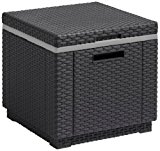
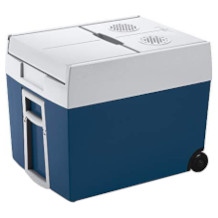
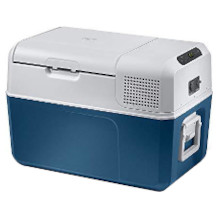
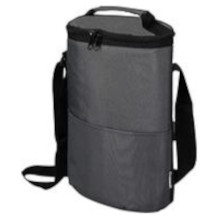
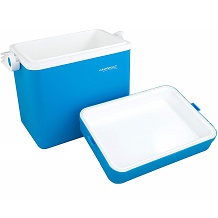
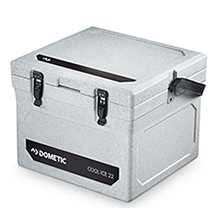
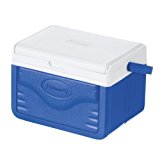
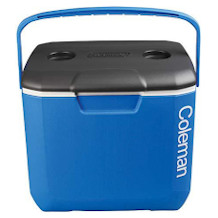
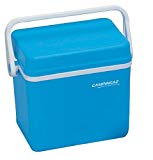
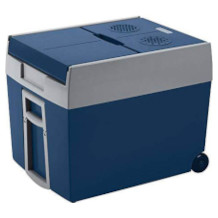
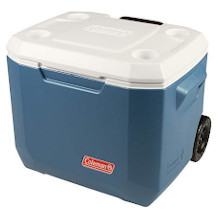
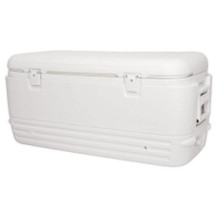
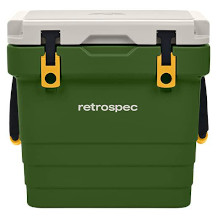

 894 reviews
894 reviews
